Tagged With Amphibians
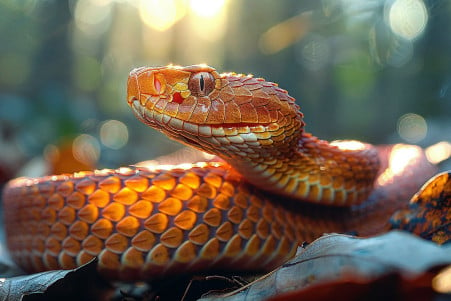
Do Snakes Have Cold-Blooded Physiology? The Science of Snake Thermoregulation
26 April 2024
Snakes are ectothermic, which means that they are unable to control their own body temperature and must rely on the environment to do so.

Can Turtles Hear? An In-Depth Look at Their Unusual Ears
23 April 2024
Turtles have an inner ear that enables them to hear on land and in the water, even though they don't have an outer ear.
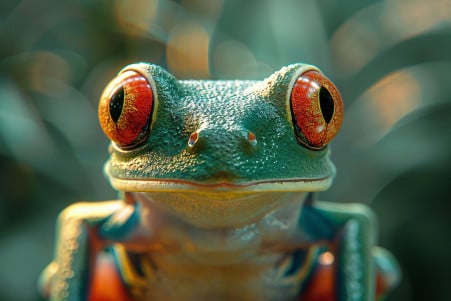
Do Frogs Have Emotions? The Science of Frog Happiness
22 April 2024
The case for frog happiness, positive emotional responses, and the moral considerations of frog consciousness.
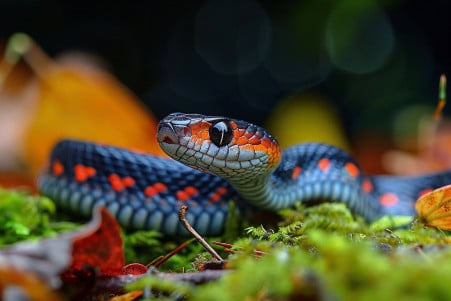
What Do Ringneck Snakes Eat? Exploring Their Dietary Needs
22 April 2024
Ringneck snakes are known to consume other snakes, lizards, frogs, salamanders, and small mammals, and they use a combination of venom and constriction to hunt and kill their prey.
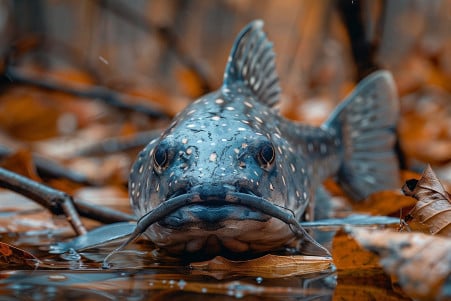
How Long Can Catfish Live Out of Water? Understanding Catfish's Limits Outside of Water
22 April 2024
Depending on the size of the catfish, they can live for different lengths of time, ranging from 5-10 minutes for small catfish to over an hour for larger species.
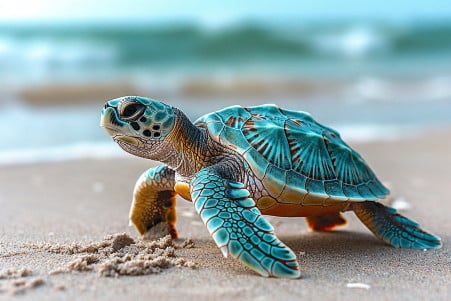
Do Turtles Shed Their Shells? Exploring Turtle Molting Habits
17 April 2024
Turtles molt their shells and skin in a process known as ecdysis or molting in order to grow.
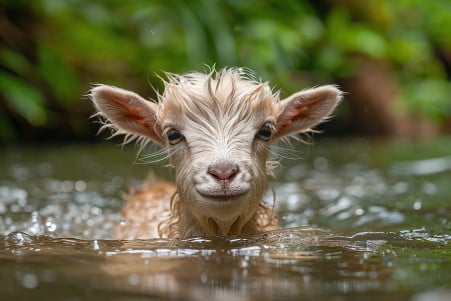
Can Goats Swim? The Surprising Truth About Their Aquatic Prowess
13 April 2024
Goats are actually pretty good swimmers, and have evolved to be able to swim and move through water, particularly in the wild.
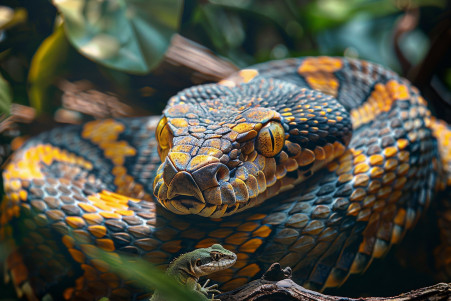
What Do Snakes Eat? The Complex Relationship Between Snakes and Lizards
12 April 2024
In order to catch and eat lizards, snakes use special hunting techniques that are influenced by things such as the snake's size and venom.
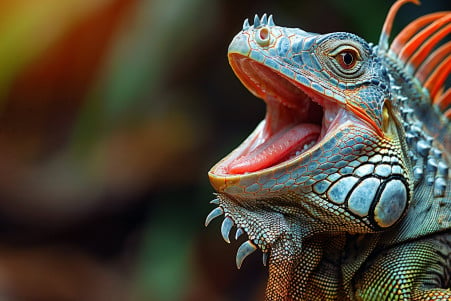
Lizard Teeth: A Look at Their Dental Anatomy and Functions
10 April 2024
The variation in lizard dentition, which includes the number, type, and arrangement of teeth, as well as how they are specialized for hunting and protection.
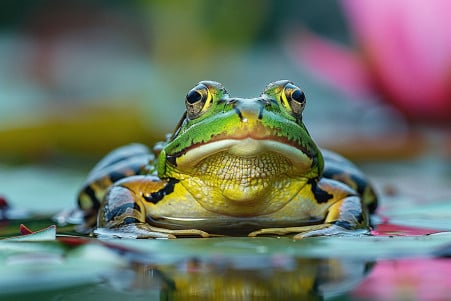
Why Do Frogs Croak? The Science Behind Their Distinctive Calls
10 April 2024
Male frogs croak for a variety of reasons, such as to find a mate, protect their territory, and communicate using species-specific calls.

How Do Turtles Breathe Underwater? Evolutionary Adaptations
9 April 2024
How turtles have evolved some pretty amazing ways to breathe while they're underwater and stay submerged for long periods of time.
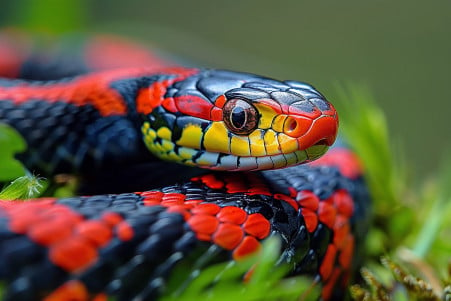
Can Snakes Blink? A Look at Snake Vision and Evolution
5 April 2024
Snakes don't have eyelids because of their specialized eye features, like a transparent spectacle scale instead of a traditional eyelid.